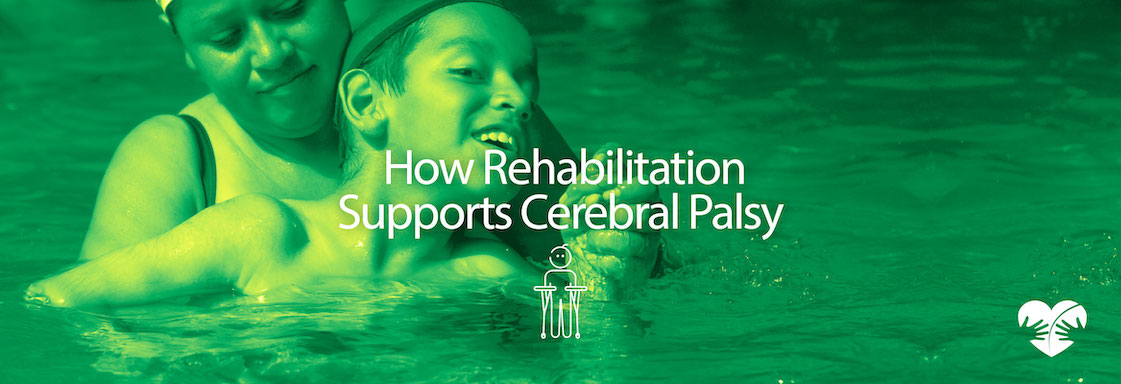Cerebral palsy is a group of conditions that challenge mobility, balance, and posture because it affects the part of the brain responsible for directing muscle movement. It can arise for two reasons:
- When a baby’s cerebral motor cortex does not develop properly during pregnancy. For example, due to some genetic factor or health complication of the mother.
- When there is any head trauma before, during, or after birth.
Both the brain damage and disability that cerebral palsy can cause are permanent. However, comprehensive care dramatically improves the quality of life of the person with cerebral palsy, supporting their well-being, self-esteem, and independence.
How is cerebral palsy diagnosed?
The signs to identify cerebral palsy tend to be variable. They can appear in the first months of life or until after two years of age. Babies with cerebral palsy often have more significant developmental challenges when learning to roll over, sit, crawl, walk, or flex their limbs.
The diagnosis of cerebral palsy requires constant developmental monitoring. However, proper diagnosis needs tests by health specialists. As for treatment, it may include medications, surgery, use of mobility aids, and rehabilitation. It is essential to mention that it differs for each person, and their needs define each patient’s prescriptions.
Although genetic issues that cause cerebral palsy cannot be modified, it is possible to prevent certain risk factors. Some measures that can contribute are:
- Being vaccinated to prevent infections during pregnancy.
- Medical control of diseases and health challenges before and during pregnancy.
- Using car seats for babies and small children to avoid head injuries.
How many types of cerebral palsy are there?
There are four types of cerebral palsy, each needing different support and rehabilitation measures. These are:
- Spastic cerebral palsy: It is the most common. It can cause increased muscle tone, difficulty in movement, and stiffness.
- Dyskinetic cerebral palsy: Causes challenges controlling the arms, legs, trunk, and face movement.
- Ataxic cerebral palsy: Causes challenges in balance and coordination.
- Mixed cerebral palsy: It means you have a mixture of symptoms of the previous types.
Find Care at the Children’s Rehabilitation Institute TeletonUSA
The Children’s Rehabilitation Institute TeletonUSA (CRIT) is a 501(c)(3) non-profit organization offering comprehensive rehabilitation services for children with neurological, muscular, and skeletal disabilities. Contact us today to learn more about how we can help your child develop physically, psychologically, socially, and spiritually.

